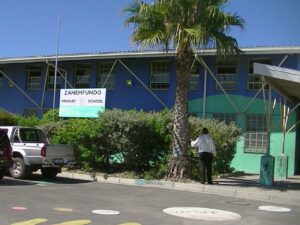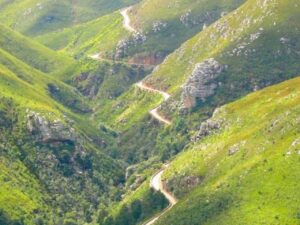I know, I know. It rained quite a bit last night, but it’s just not enough.
Here’s the deal, people: if you didn’t know, Cape Town’s water comes from six dams connected by an intricate piping system, with another eight smaller dams providing us with “less than half a percent to the total supply”.
Of these 14 dams, 64% of their water is destined for Cape Town, with 32% allocated for agriculture and 5% for smaller and surrounding towns.
So where do we stand? Daily Maverick reported the average level for dams across the province at:
36.3%, compared to 61% over the same period in 2016 (week beginning 30 October).
Eina.
Those are the facts, but what can we do? Well, two things actually: reduce water usage, and produce more water supply. But you know that.
The only good news is that our dams are holding strong. The city’s spokesperson, Jean-Marie de Waal, spills some knowledge:
The key work we are doing on our dams at the moment is around maximising extraction levels to below 10% of usable water.
This engineering solution that the city is driving will assist with usable water remaining over the period to come. Dams vary in size and depth so there is not a one-size-fit-all approach.
With a goal of maximising yield, Cape Town has also employed divers to dredge canals and support National government’s attempts in doing the same.
What we found quite interesting is that stretching water supply is strongly linked to the removal of invasive plant species, with de Waal continuing:
The city has, for the past months to a year in particular, been implementing innovative engineering solutions in an effort to help stretch the supply in the dams. This includes pressure management, an advance leak repair programme and rationing, the latter being implemented a few weeks ago.
Our government seems to be learning from international practices for water management, and it all comes down to demand, which they’ve managed to decrease from 1.1 billion litres per day to below 600 million. Not too shabby, but definitely not good enough.
De Waal’s pleased with the city’s response, however, but believes there’s room for improvement:
The city plays a role in implementation of these schemes, but our primary responsibility is generally ensuring waste is minimised, primarily via maintenance programmes, reducing response teams to leaks and bursts, leak detection programmes and implementing water restrictions where necessary.
Want more? Head on over to Daily Maverick for some cool visuals comparing this year’s dam levels to last and try not shed a tear.
[source:dailymaverick]





